Vernaculars of Capital: Are Midcentury Circle Ks Phoenix's Most Reusable Buildings?
AZ SHPO | October 28th



Lucas Lindsey
Development Manager
Venue Projects
@urbnist | urbnist.com
Roadmap
1. Two Beliefs
2. Circle Ks as Case Study
3. Some Discussion

Q: What is adaptive reuse?

1
A: The ongoing change of style, culture, and economics as expressed in buildings.
When structure outlives function, when markets shift values, when the roof leaks--these forces of man and nature threaten buildings.
Adaptive reuse is one answer to extending their lifespan.

Two Beliefs
1
A building is never finished.

1

"The word building contains the double reality."
- Stewart Brand, How Buildings Learn
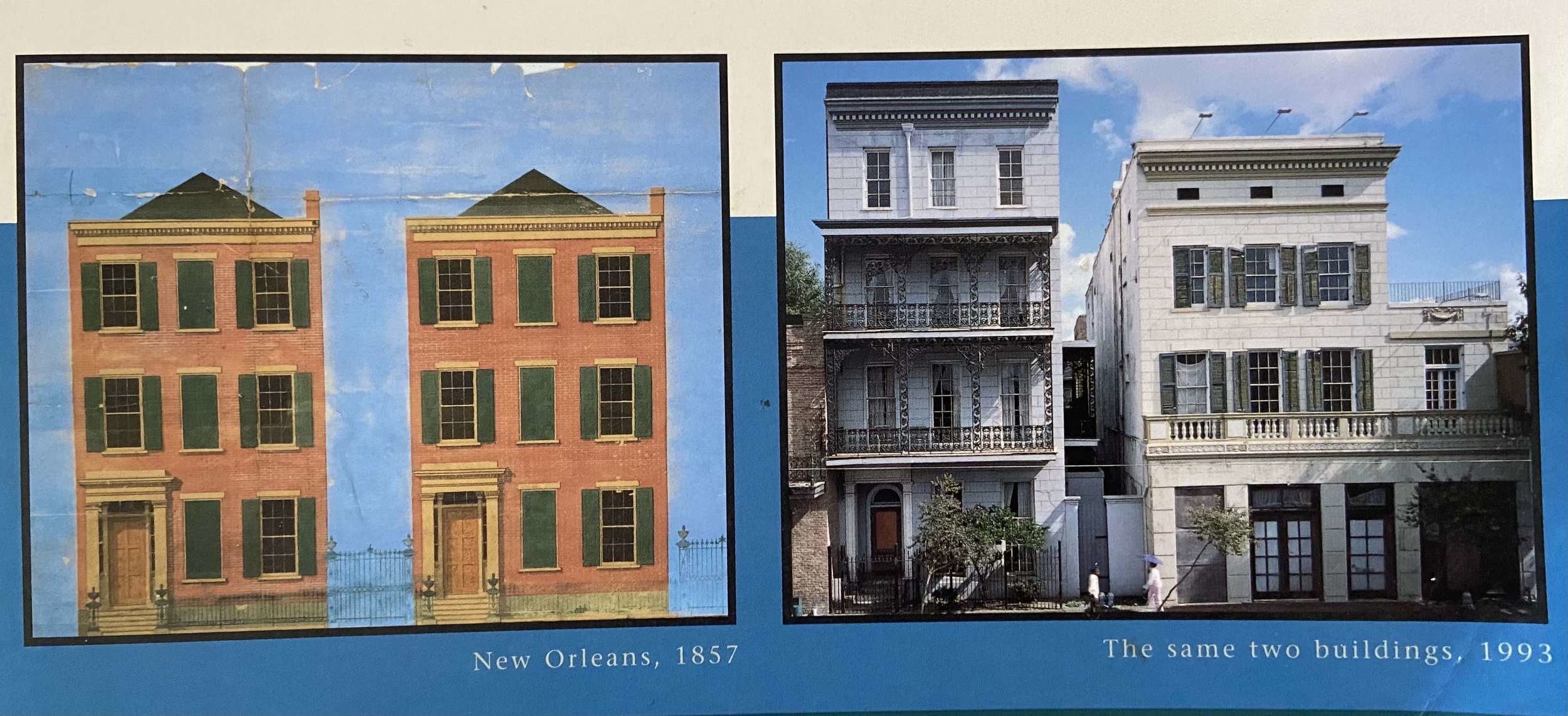
1
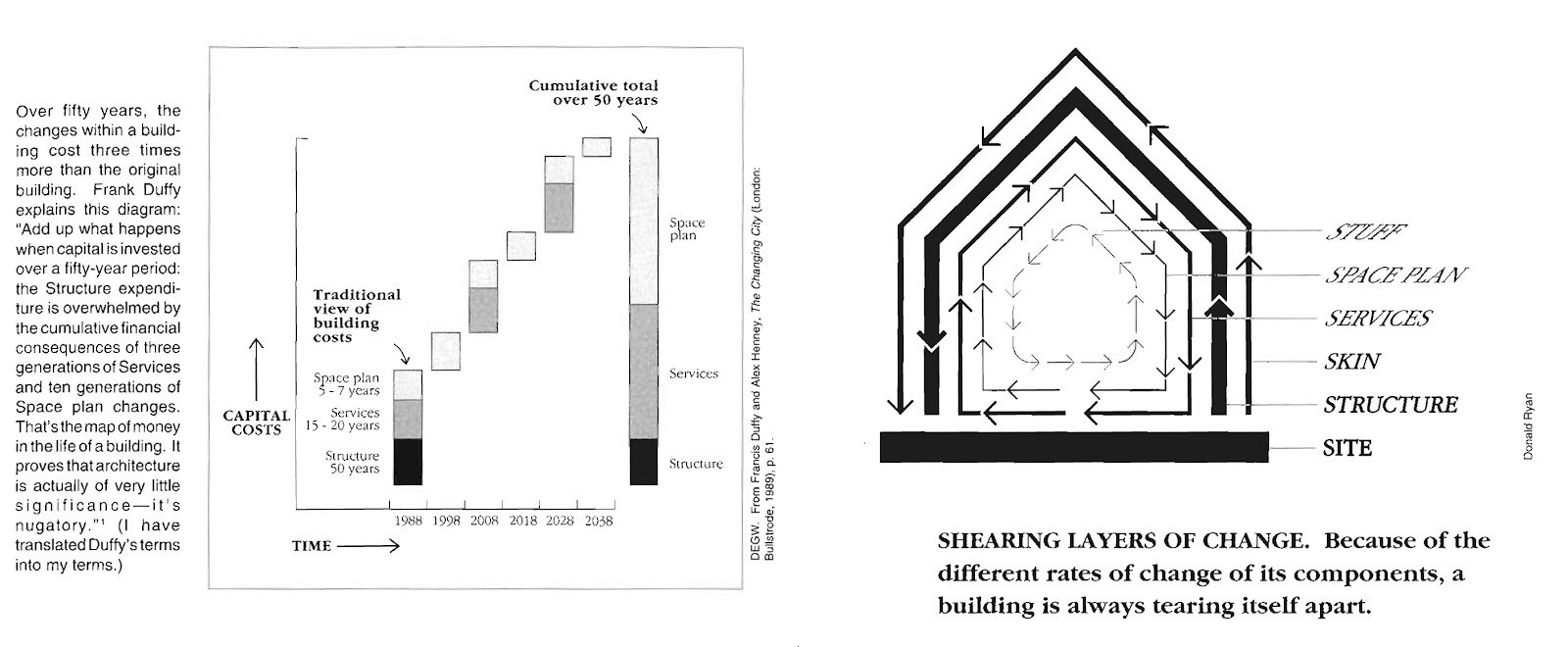
The Shearing Layers of Change

1
"Commercial buildings have to adapt quickly, often radically, because of intense competitive pressure to perform... they are forever metamorphic."
-Stewart Brand, How Buildings Learn
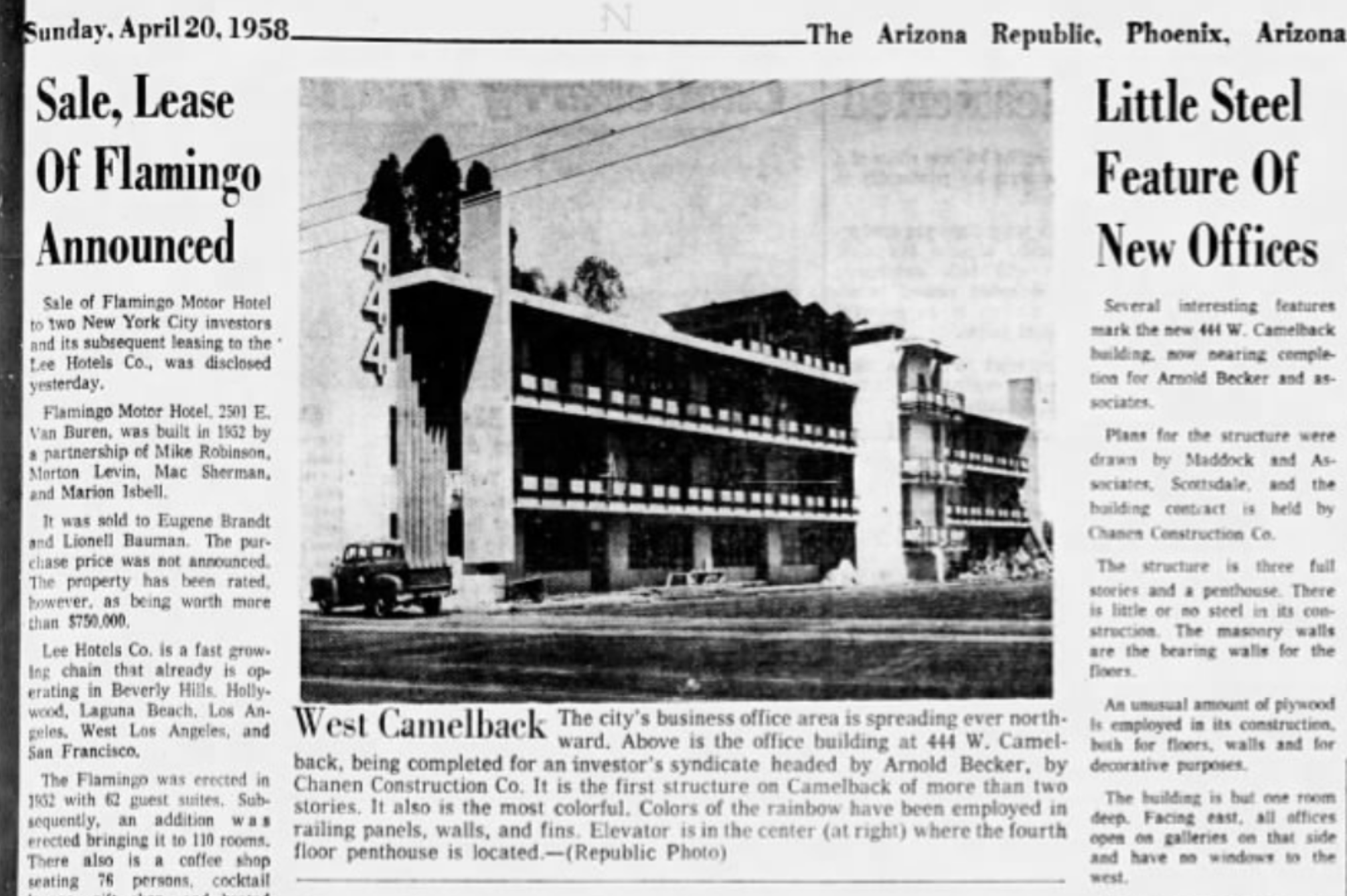
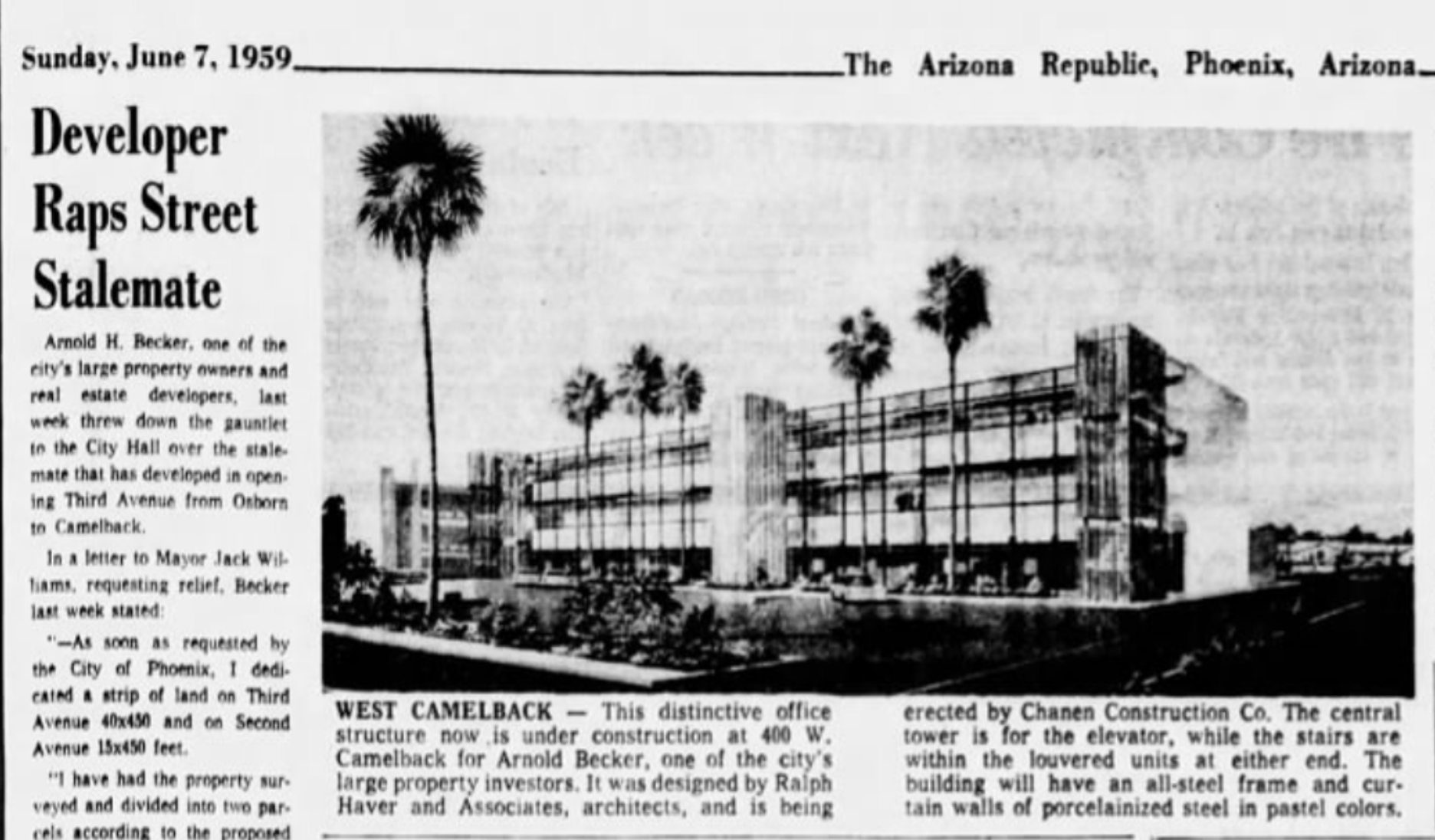
Rise Uptown Hotel
400 W. Camelback Rd. Phx, AZ - Uptown Phoenix & Medlock Place
Completed Fall 2020 | Co-Developer & Co-Owner | 79 Key Boutique Hotel with Don Woods, Lylo, Pop Stand, Cartel Coffee, Shaded Pool, and Event Lawn


Rise Uptown Hotel
400 W. Camelback Rd. Phx, AZ - Uptown Phoenix & Medlock Place
Completed Fall 2020 | Co-Developer & Co-Owner | 79 Key Boutique Hotel with Don Woods, Lylo, Pop Stand, Cartel Coffee, Shaded Pool, and Event Lawn


Rise Uptown Hotel
400 W. Camelback Rd. Phx, AZ - Uptown Phoenix & Medlock Place
Completed Fall 2020 | Co-Developer & Co-Owner | 79 Key Boutique Hotel with Don Woods, Lylo, Pop Stand, Cartel Coffee, Shaded Pool, and Event Lawn



A building is a business model.

1

1
Vernaculars of Capital

"Current American architecture is not a matter of art, but of business... This is at once the curse and the glory of American architecture."
-Barr Ferrce, in 1893

1
Vernaculars of Capital
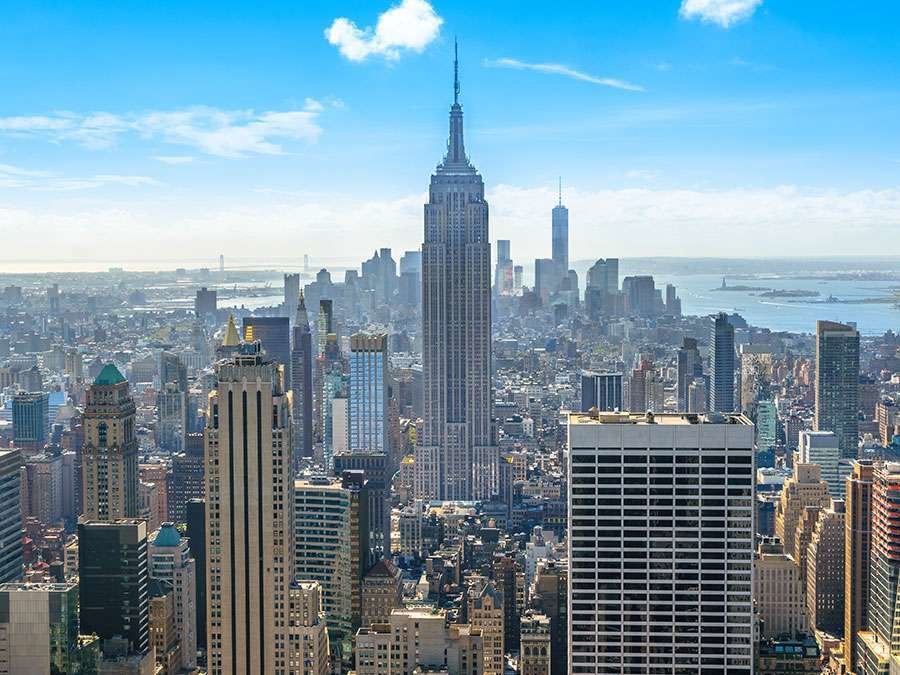

1
Vernaculars of Capital

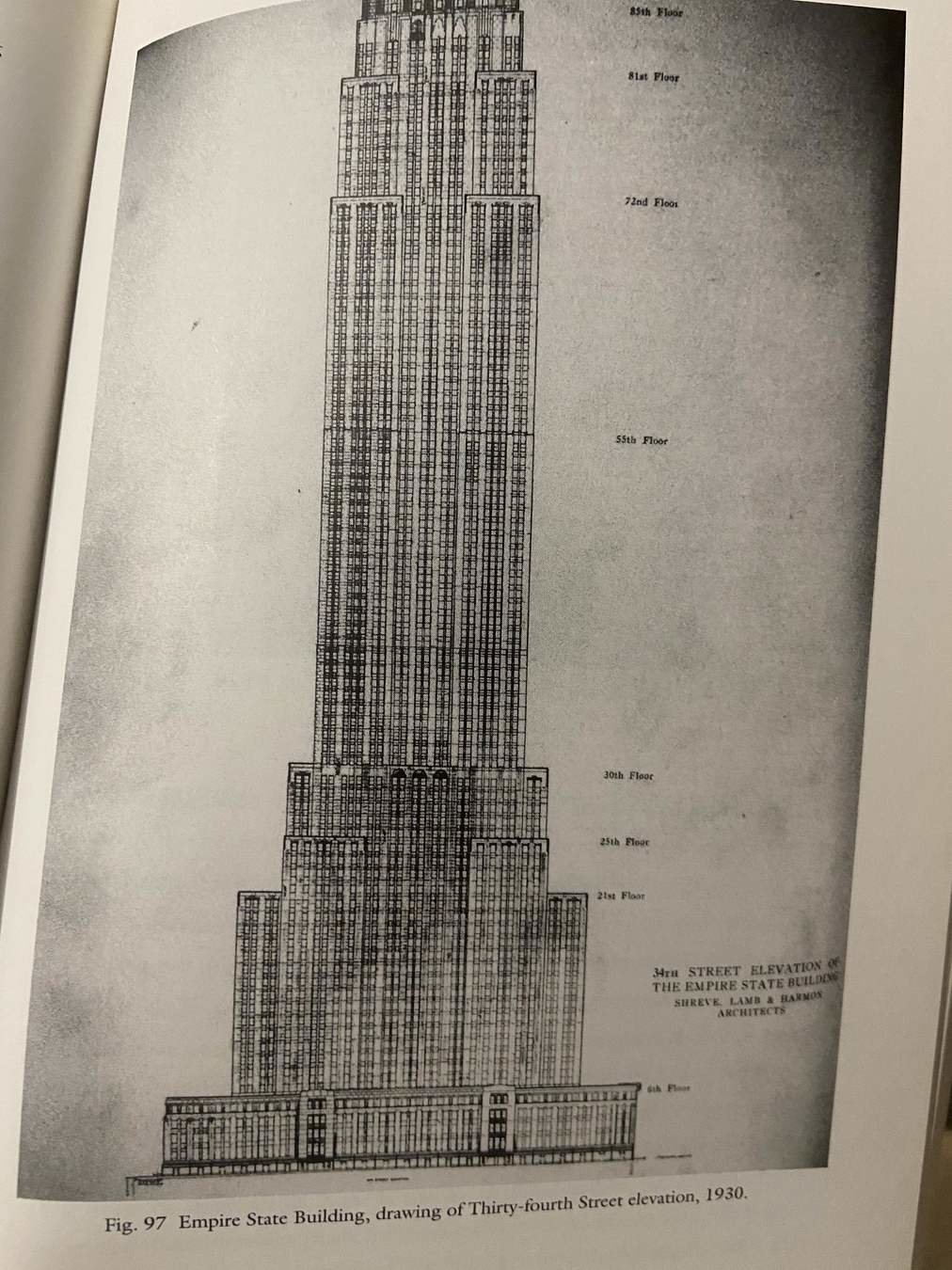

1
"The insistence on the linkage between profit and program is fundamental to commercial architecture, where... economic considerations govern design decisions."
-Carol Willis, 1995
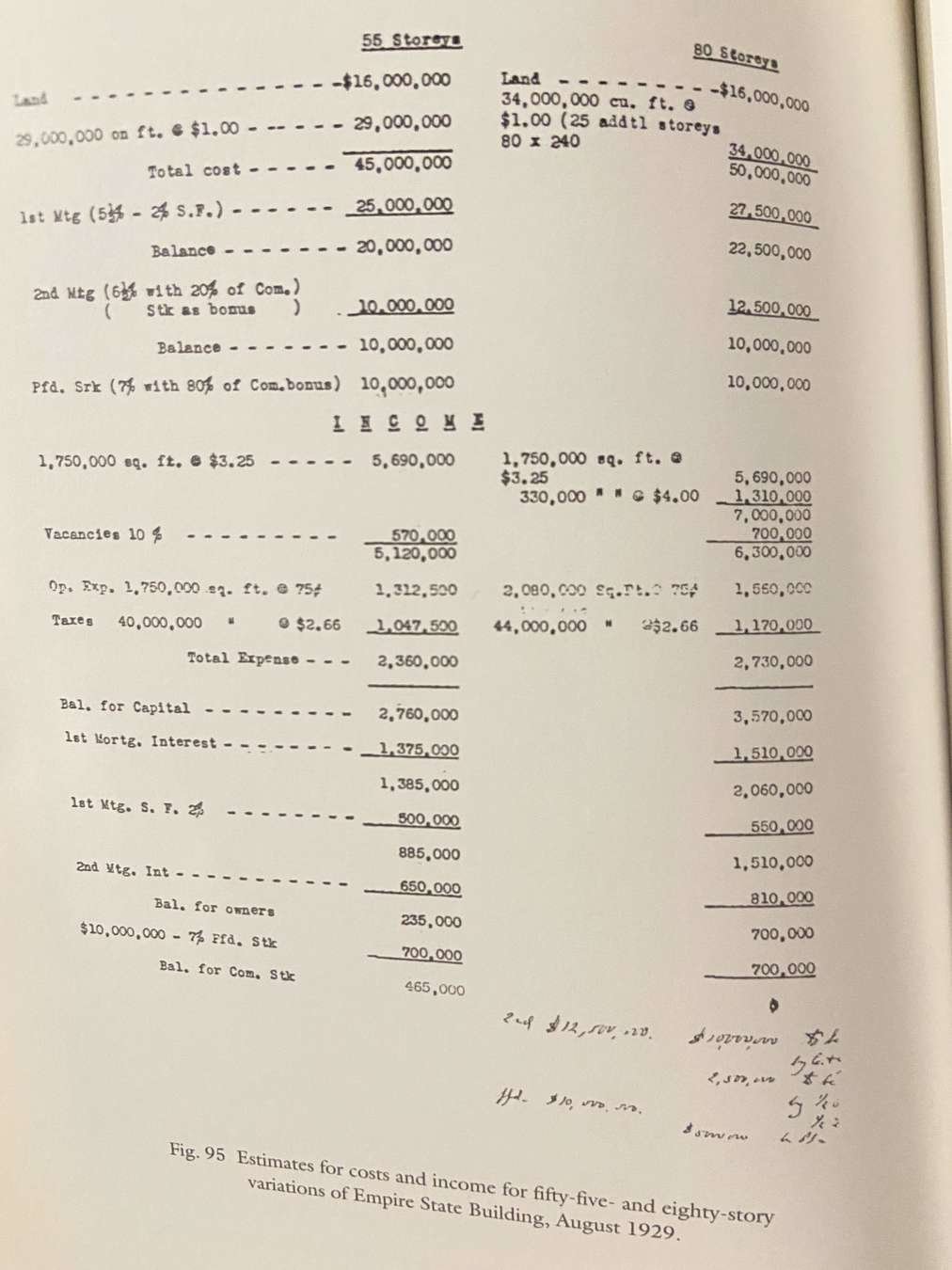

Circle K: The Especially Adaptable Time Traveler
2
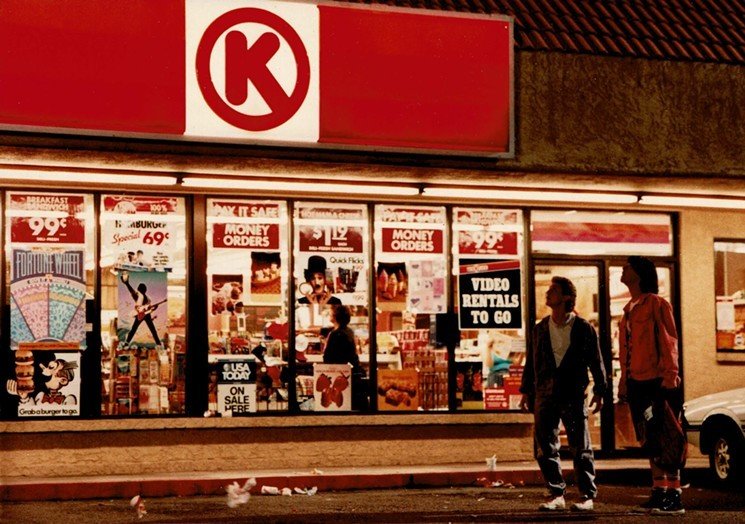
2

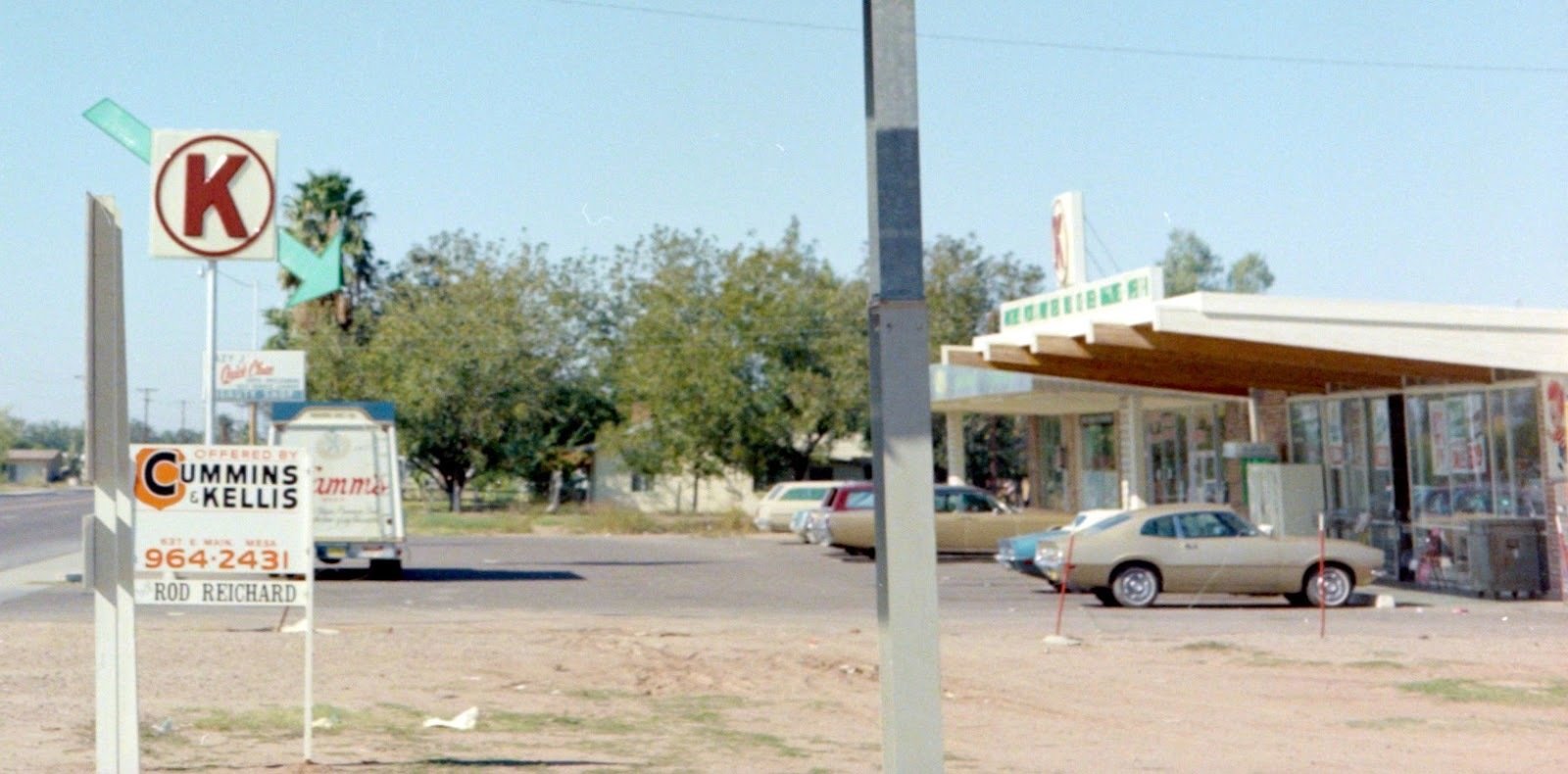
Image Source: History Adventuring
2

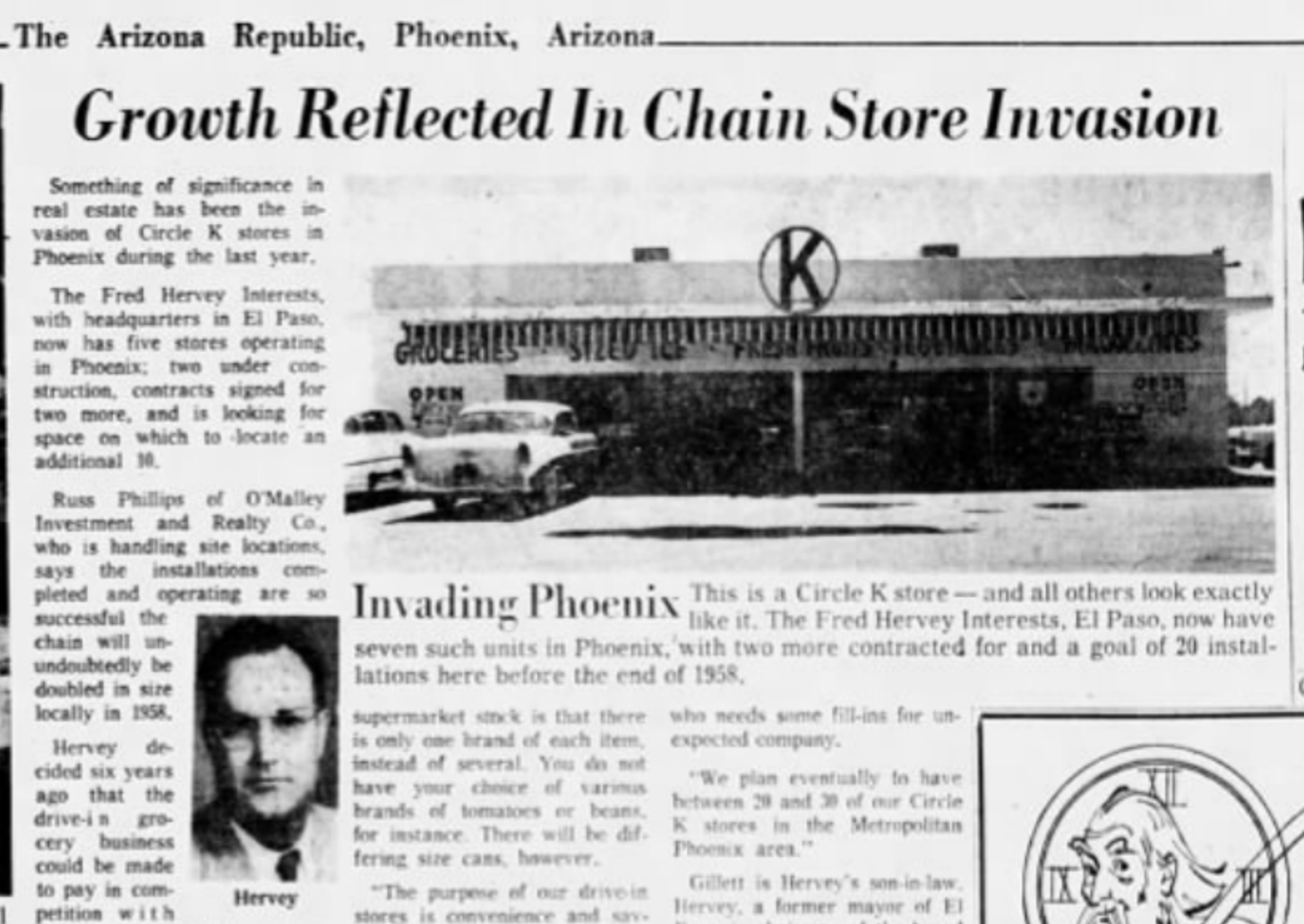
2

20th Ave & Bell: Expanding Ahead of Growth
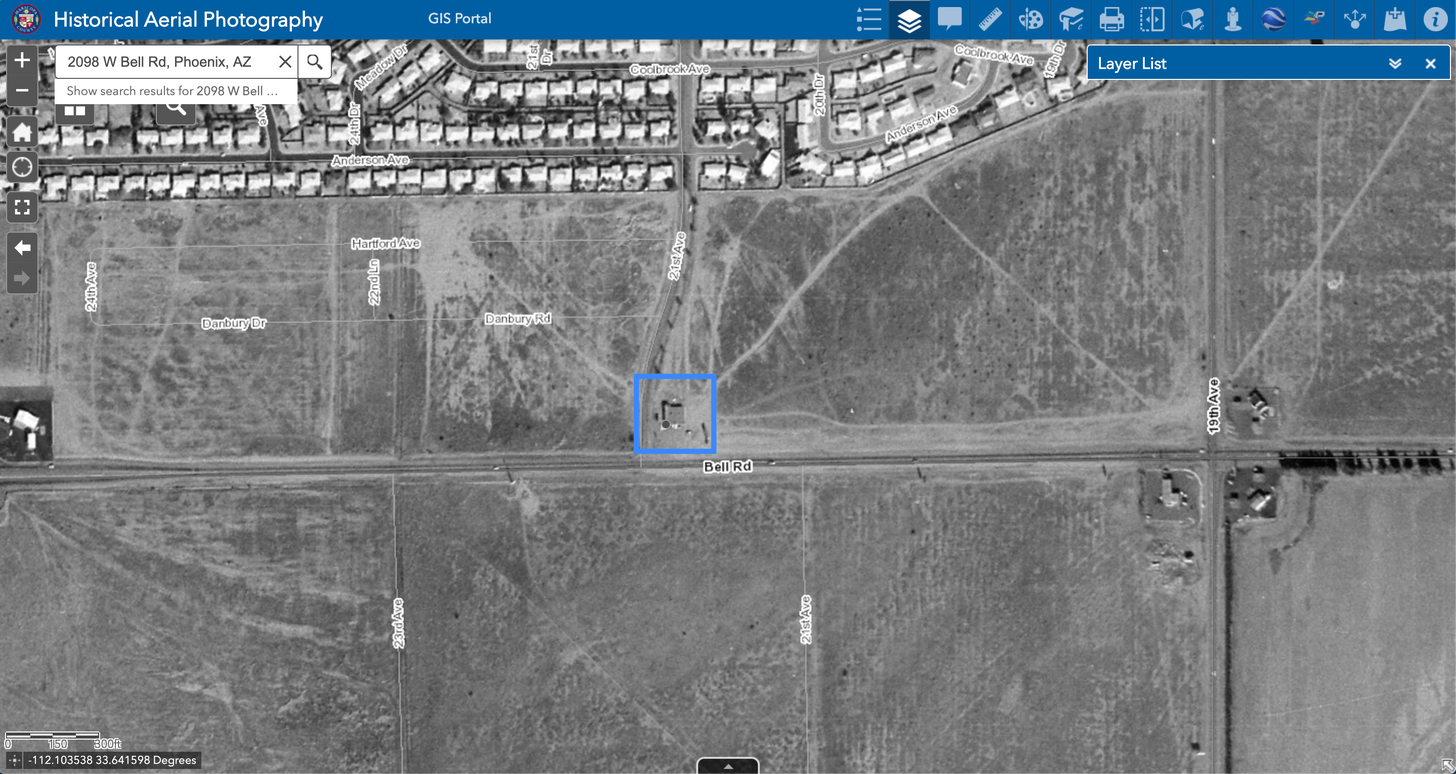
Shown in 1969
2

20th Ave & Bell: Growth Catching Up
Shown later in 1986
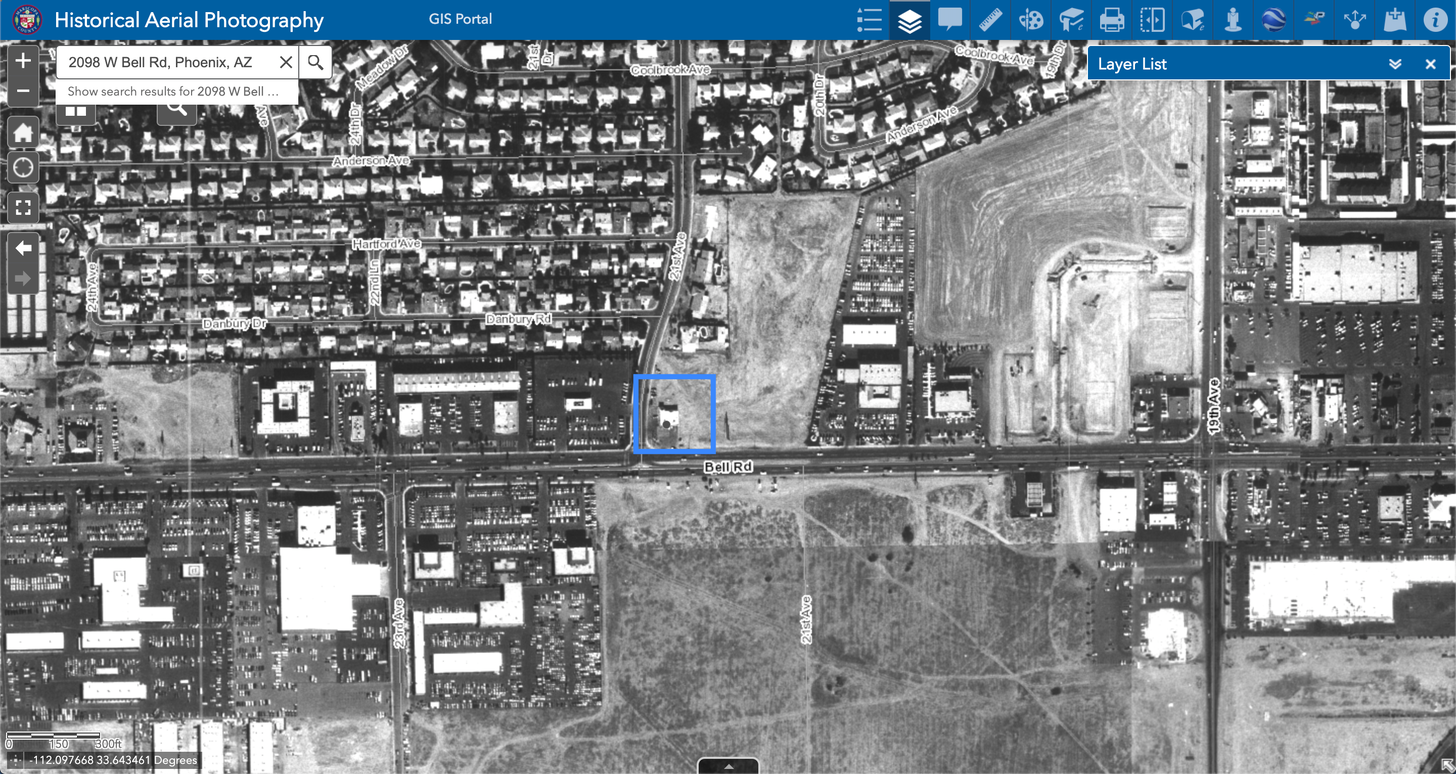
2

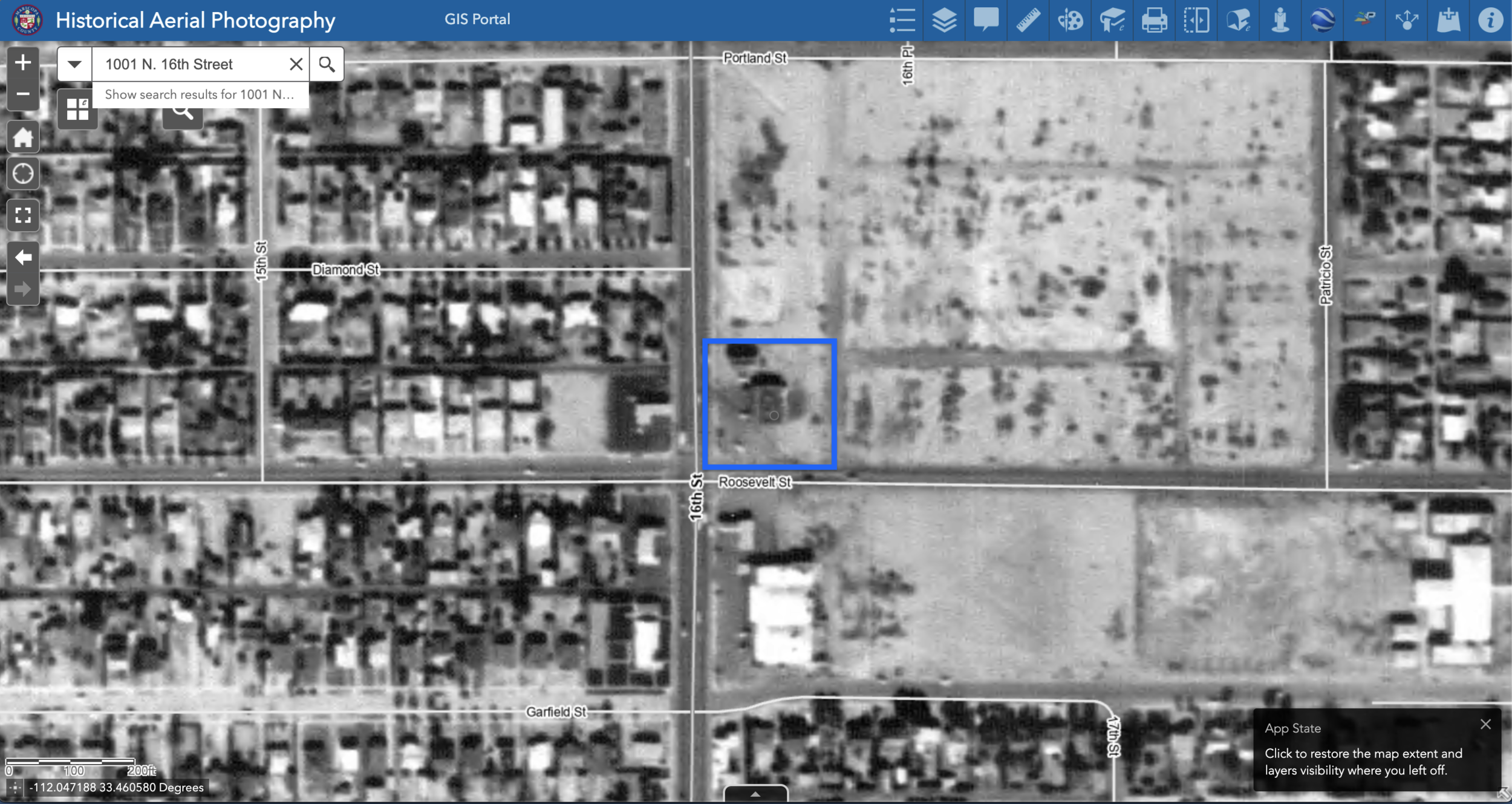
1001 N. 16th St: Where It All Began
2

1001 N. 16th St. in 1976
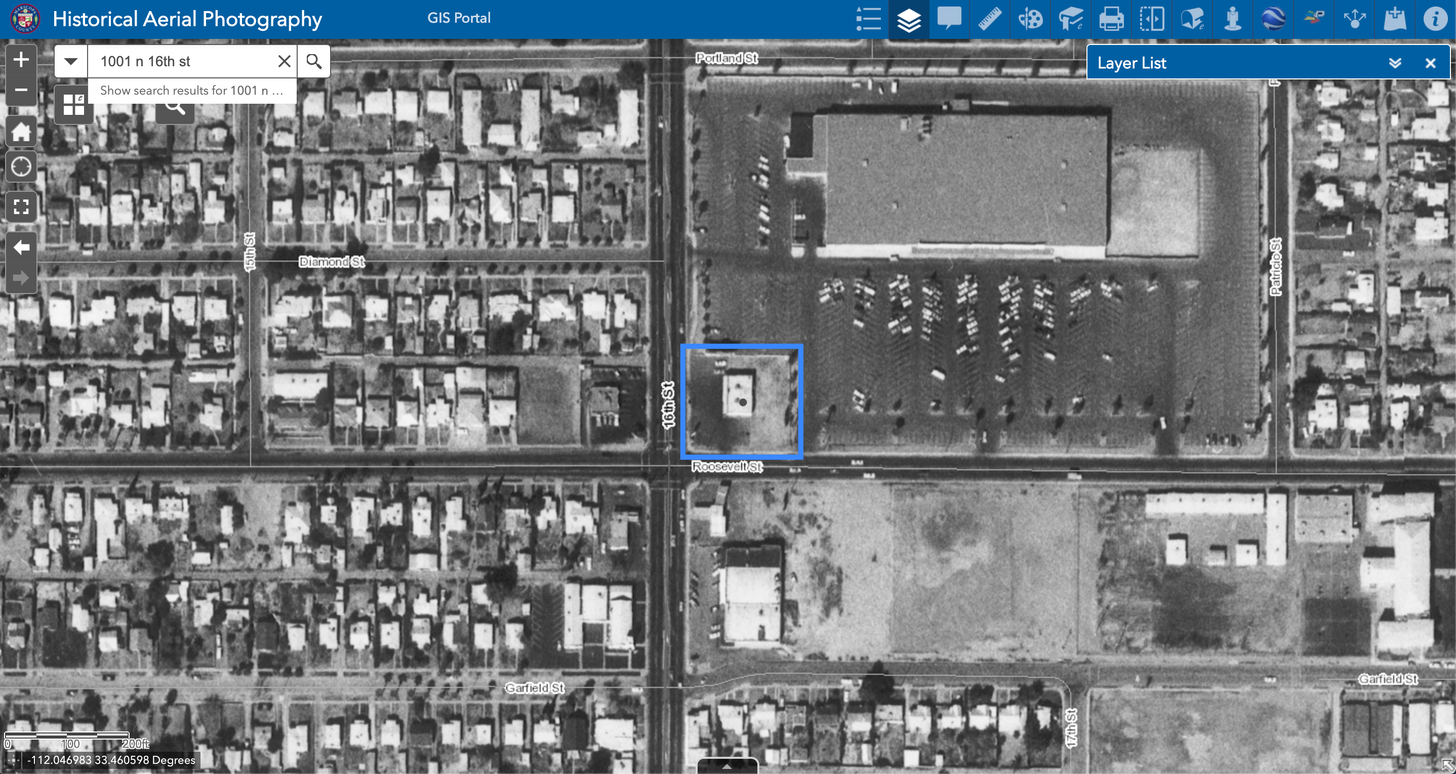
2

1001 N. 16th St. Ten Years Later: A Changed Site (and Biz Model)
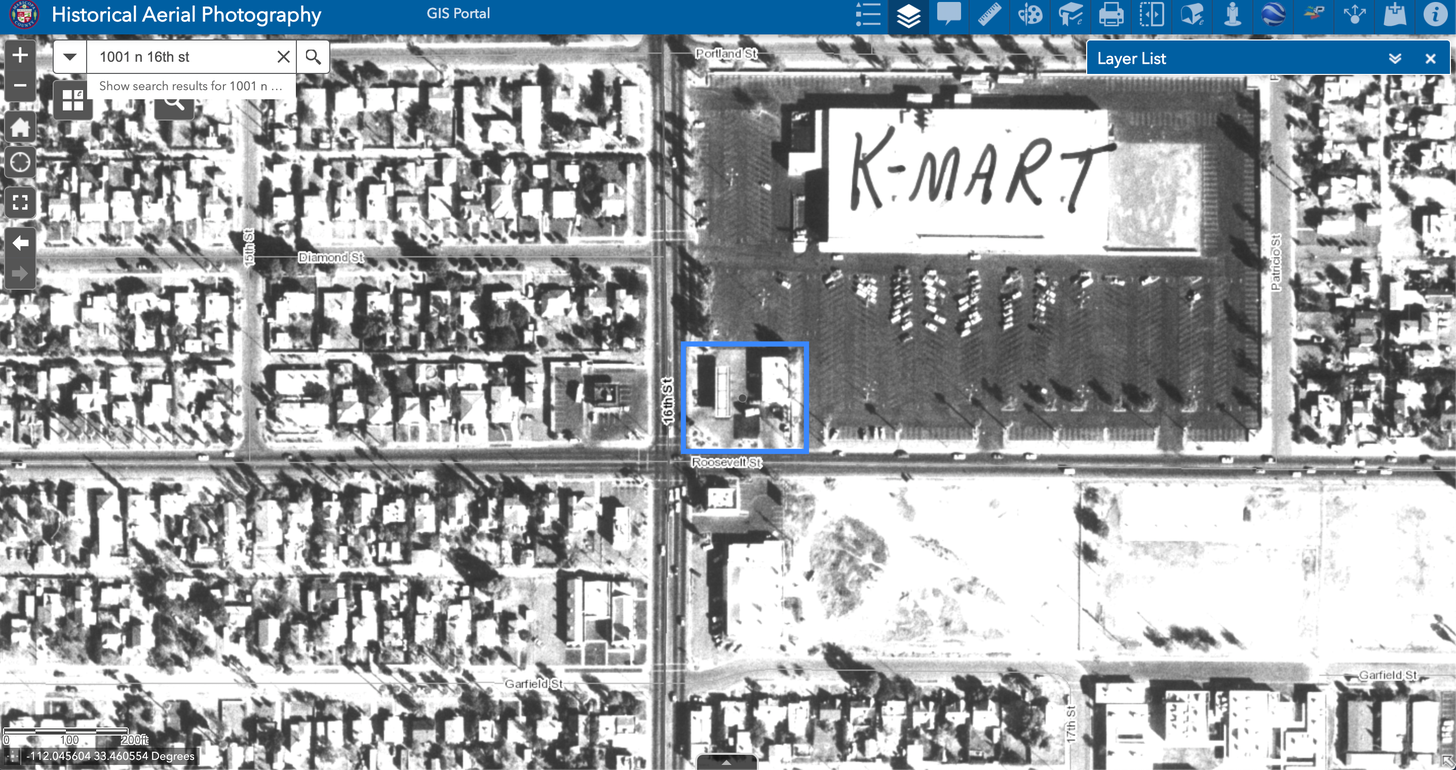
Bankruptcy by 1990 = 1,500 Stores Closed
2

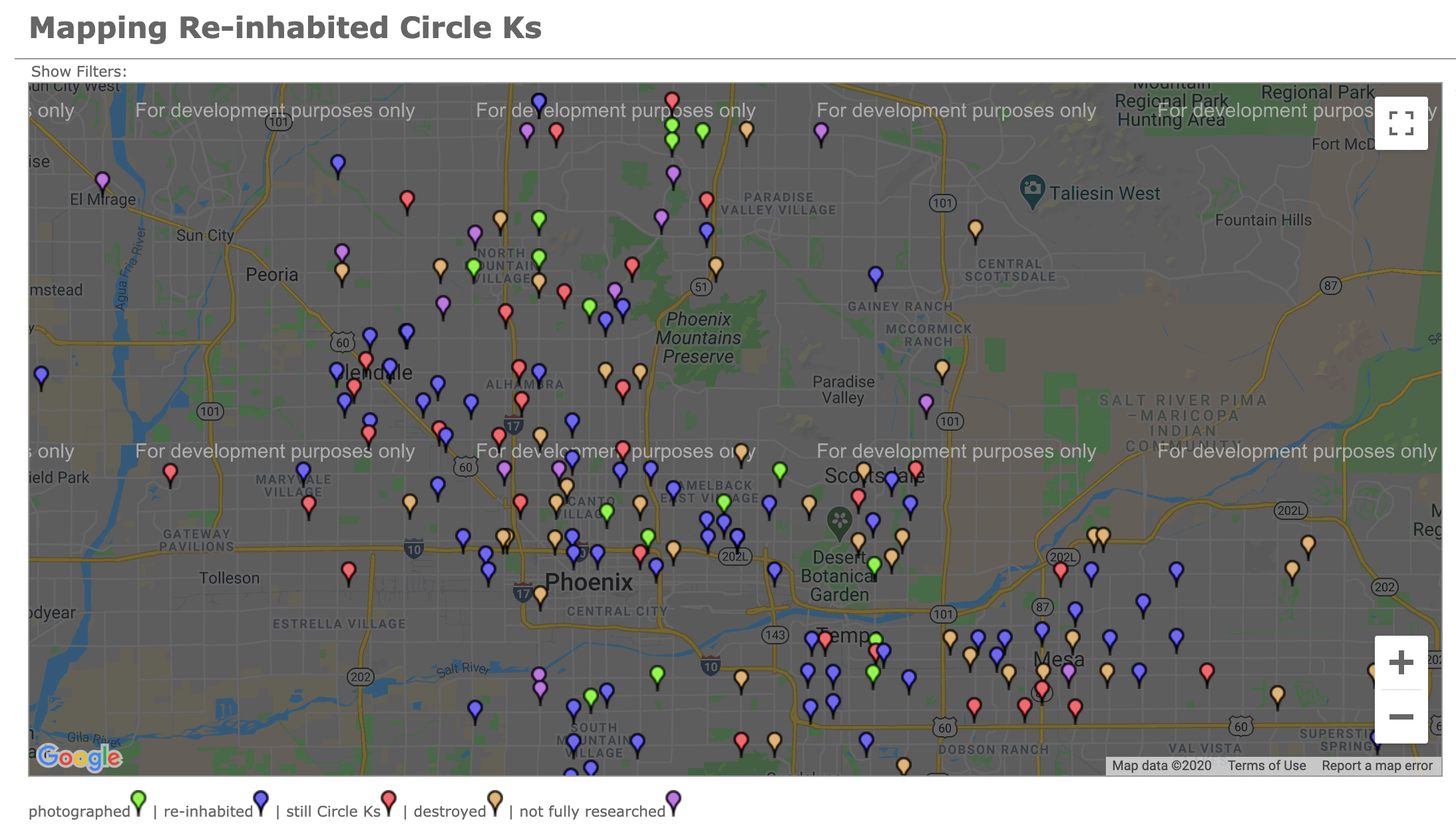
Mapping the "Invasion:" Paho Mann's Late 2000s Work
2

Carrying the research torch forward
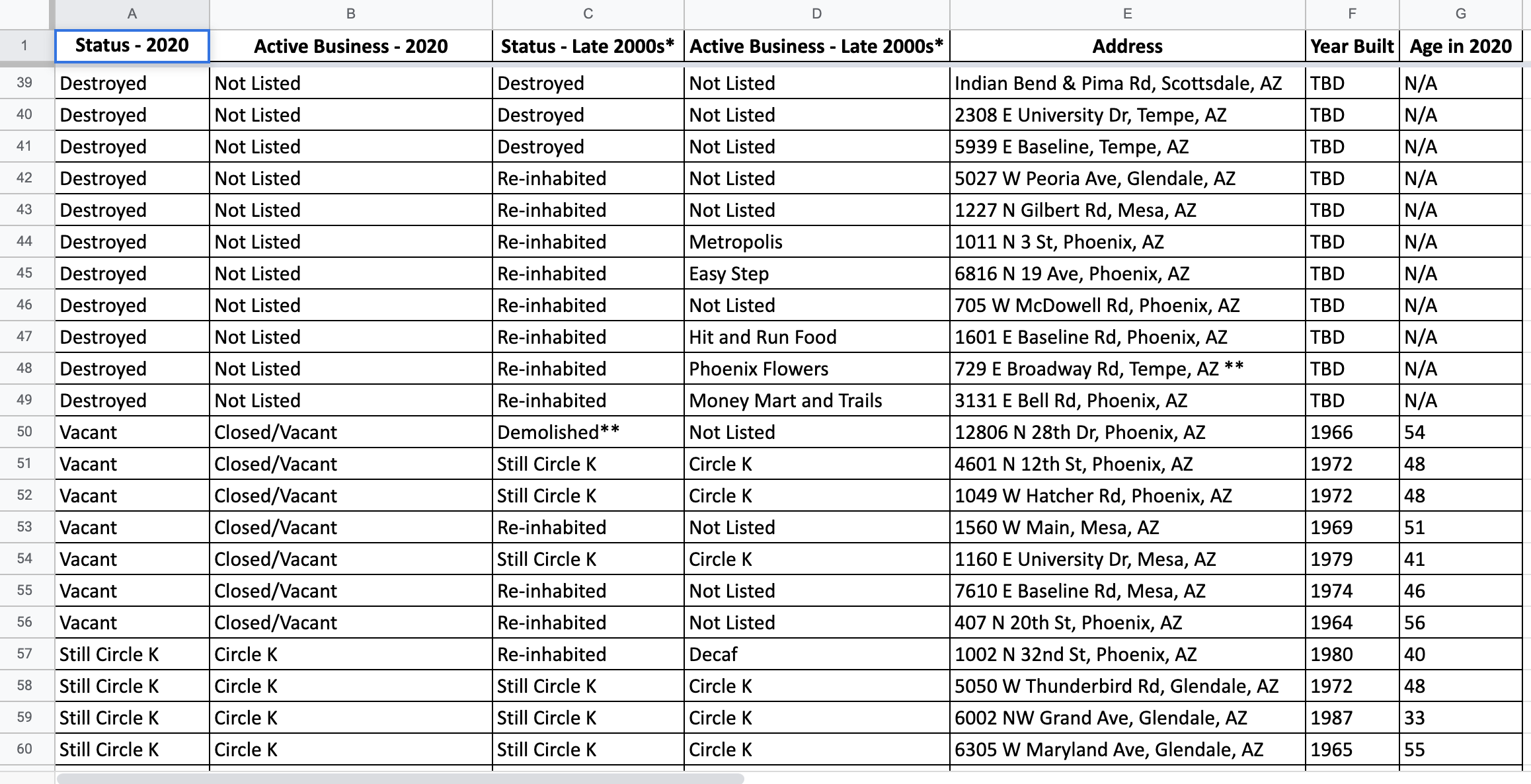
2

Same buildings, (some) new businesses
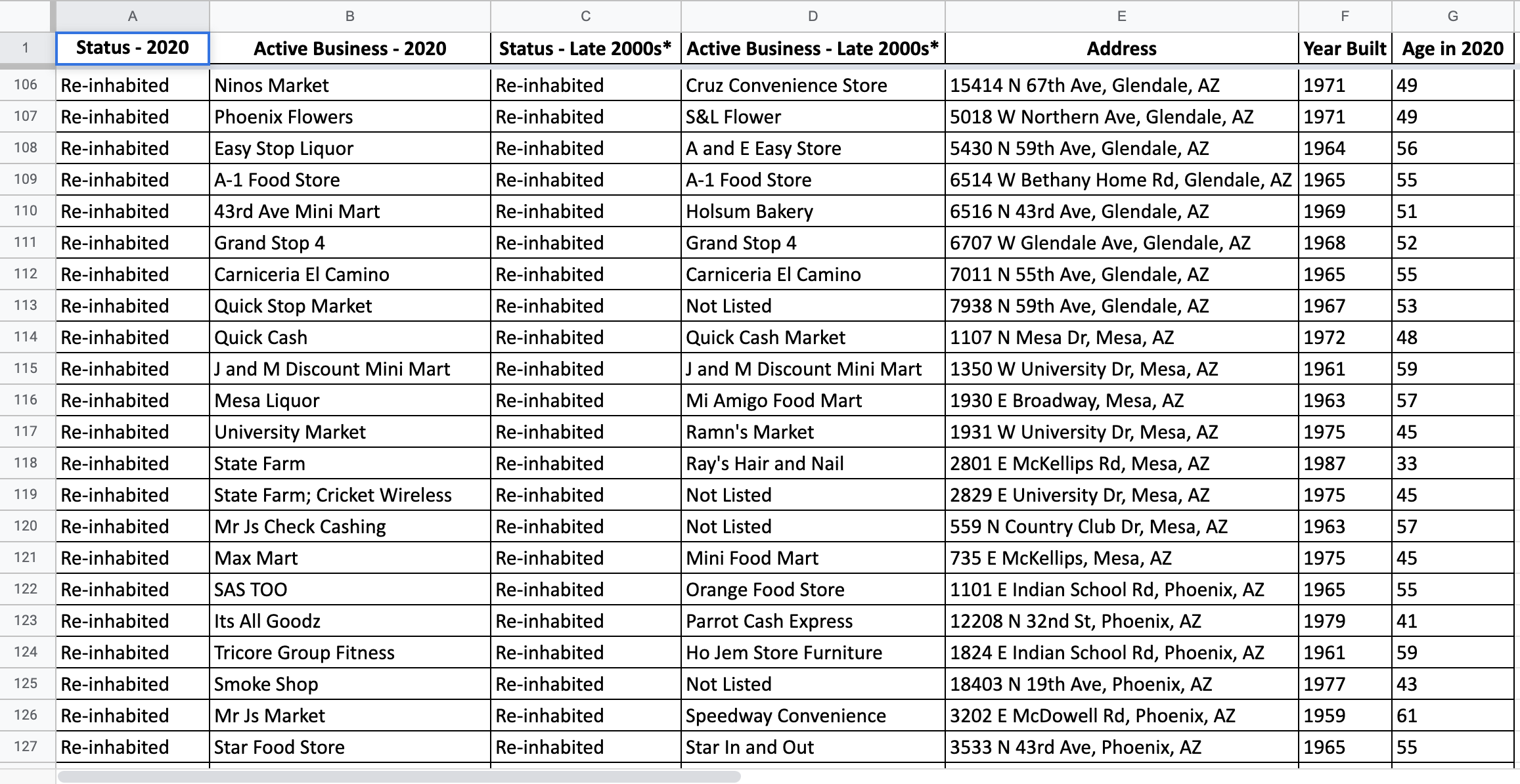
2

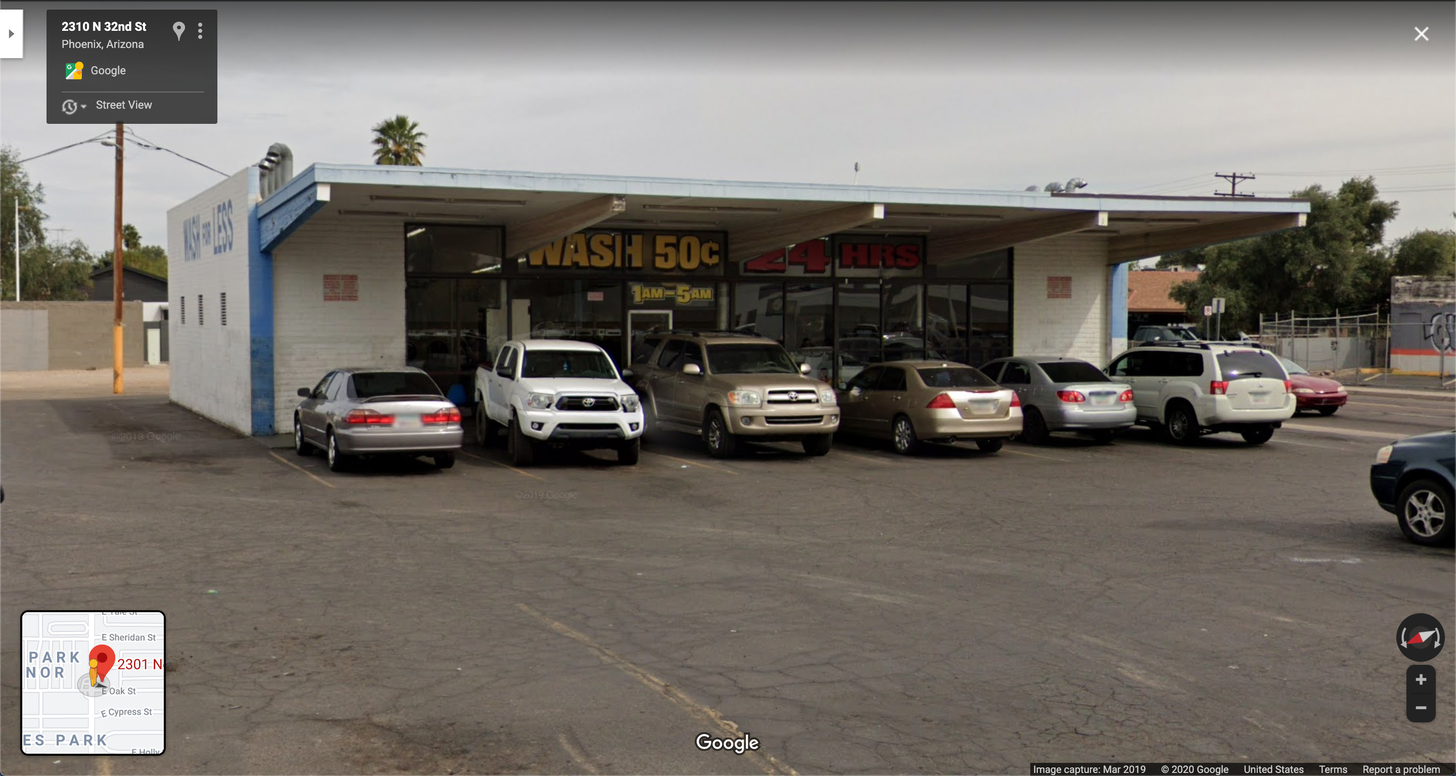
2

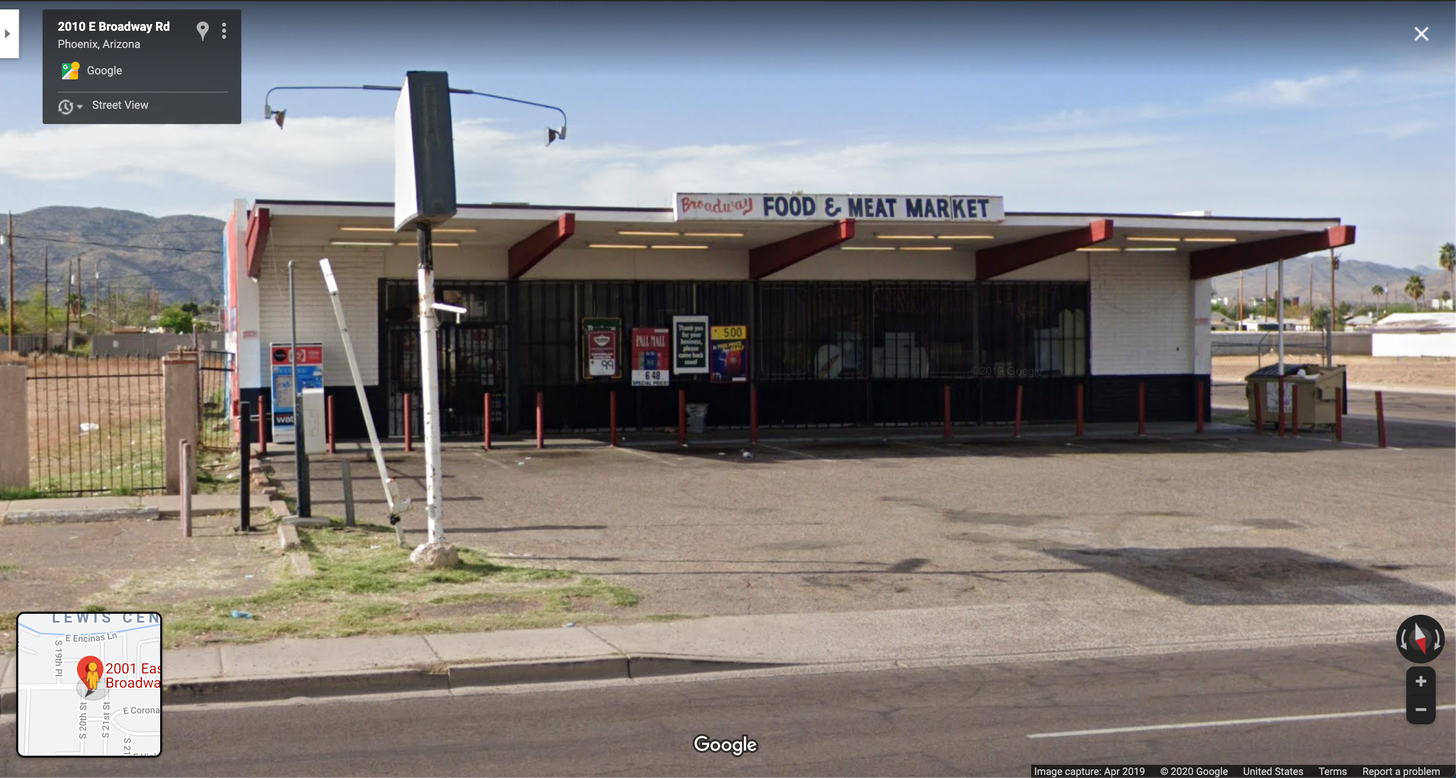
2

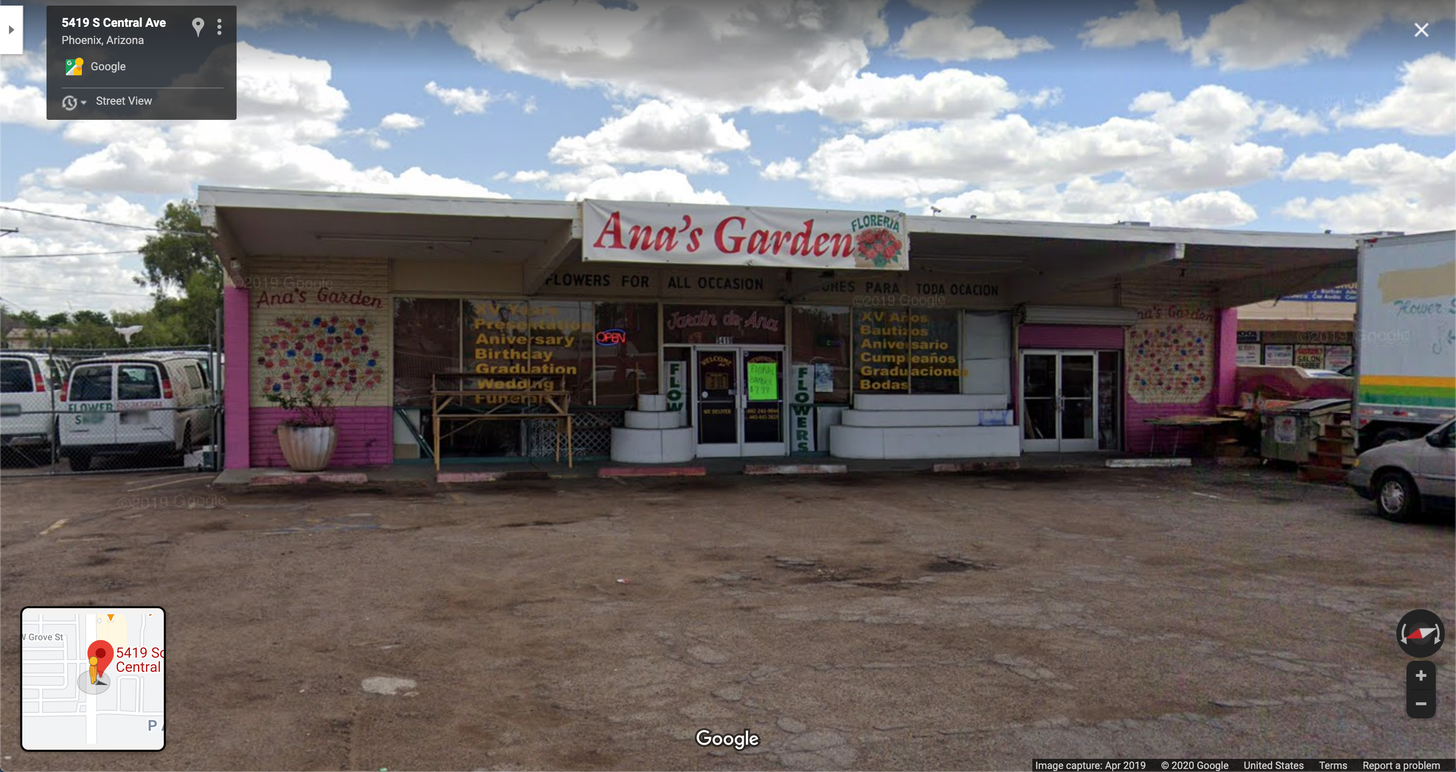
2

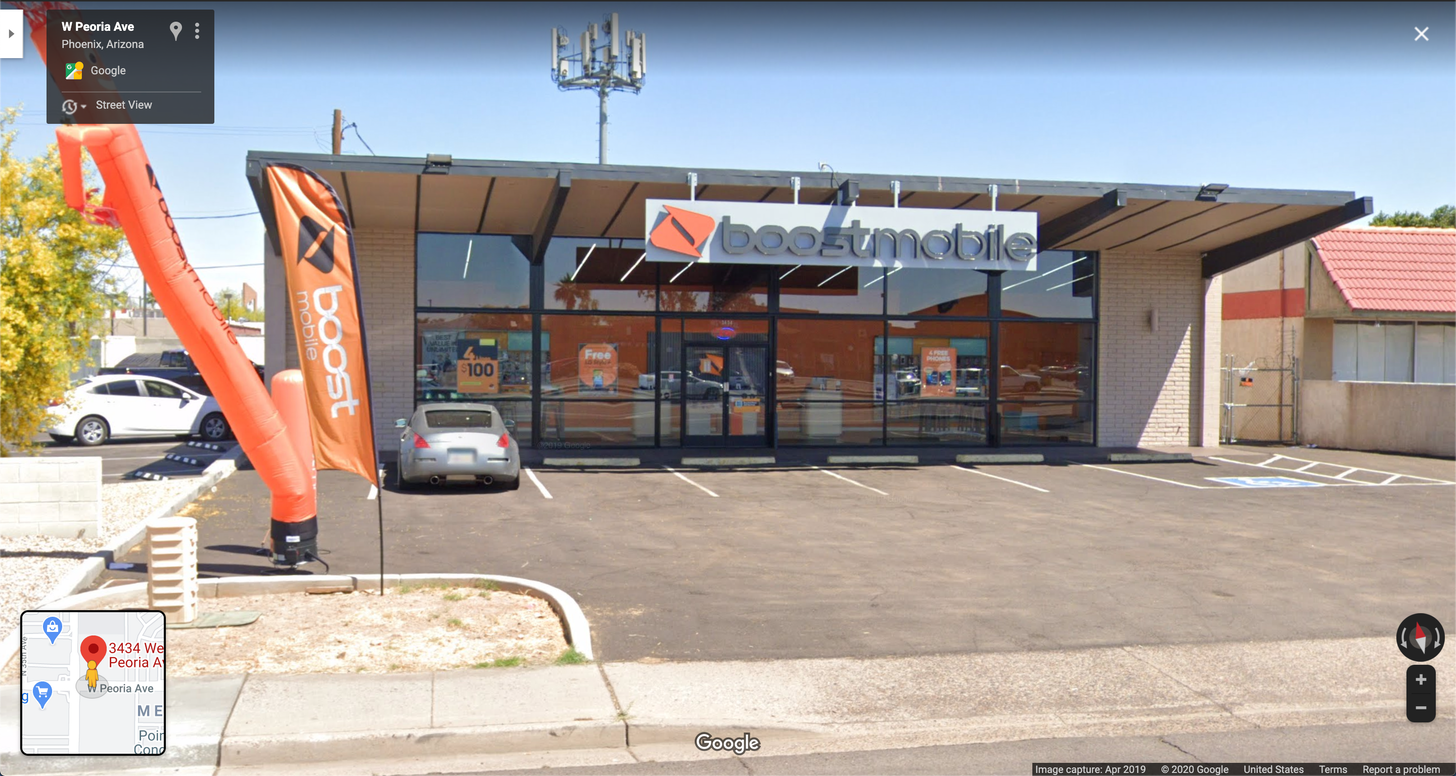
2

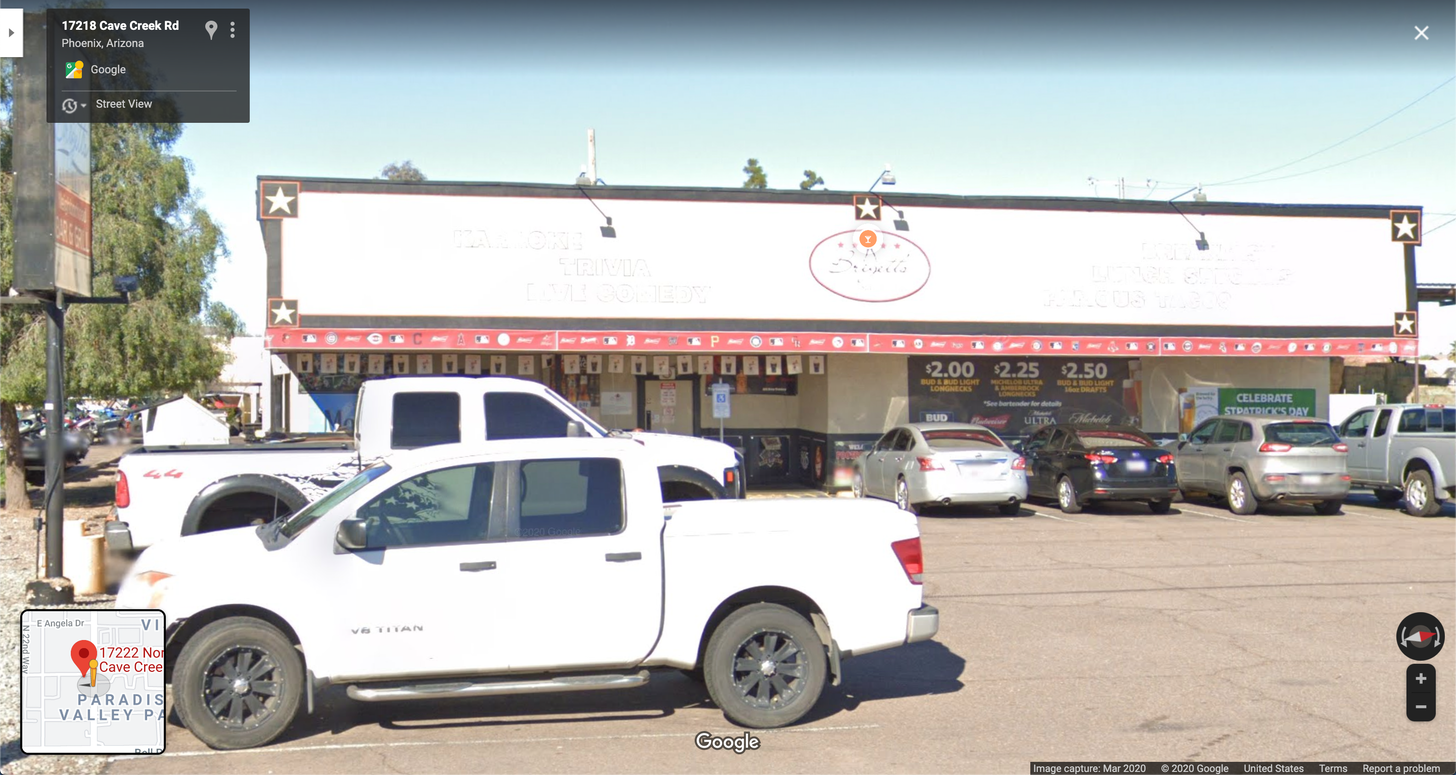
2

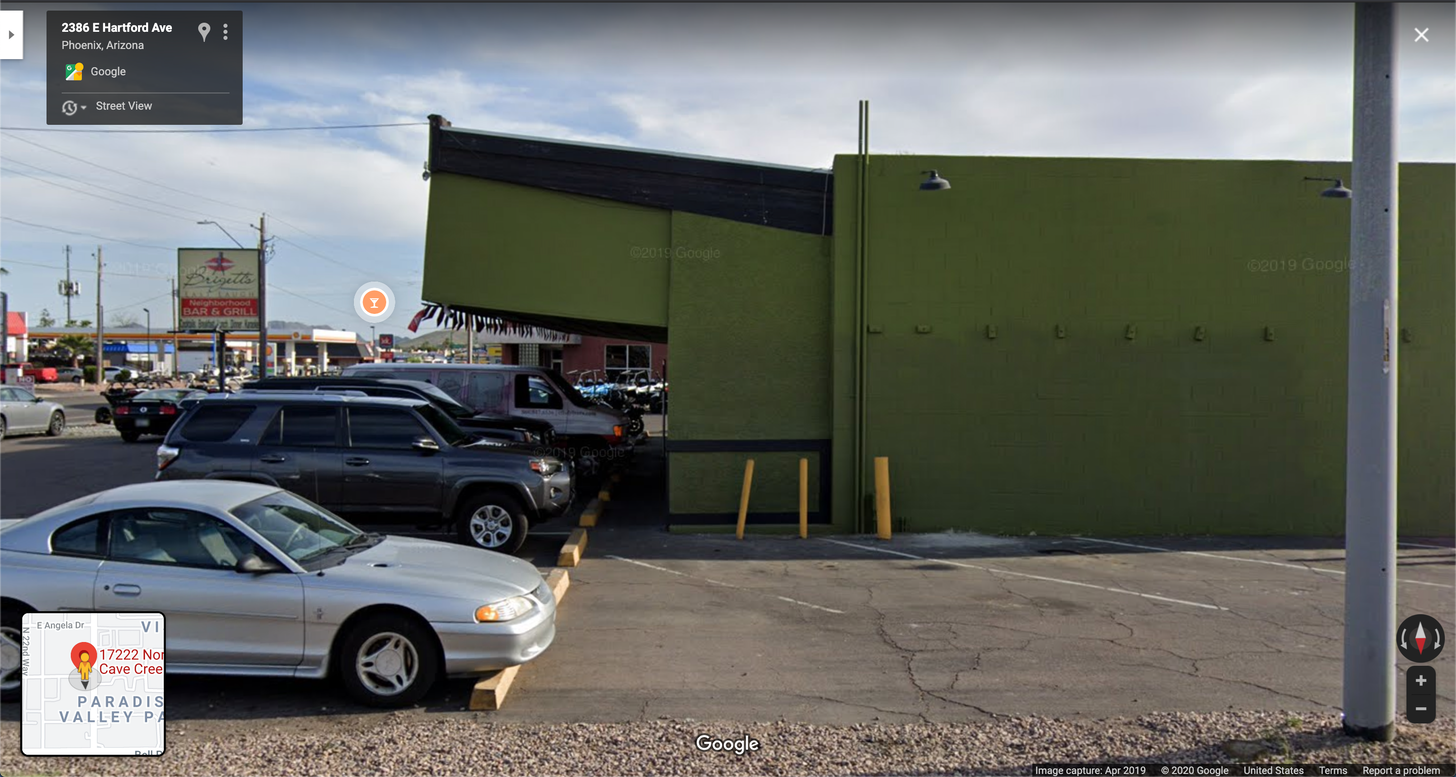
2

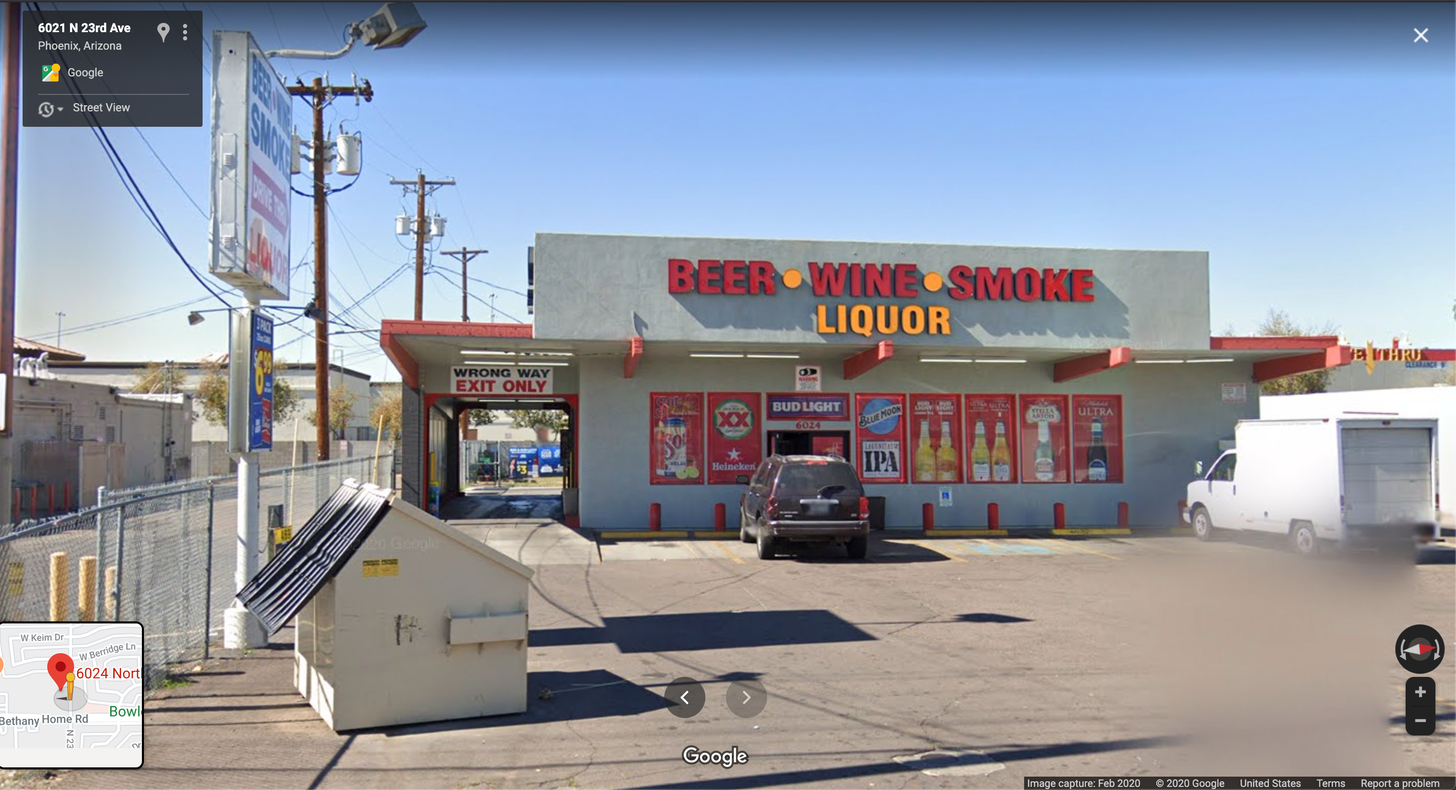
2

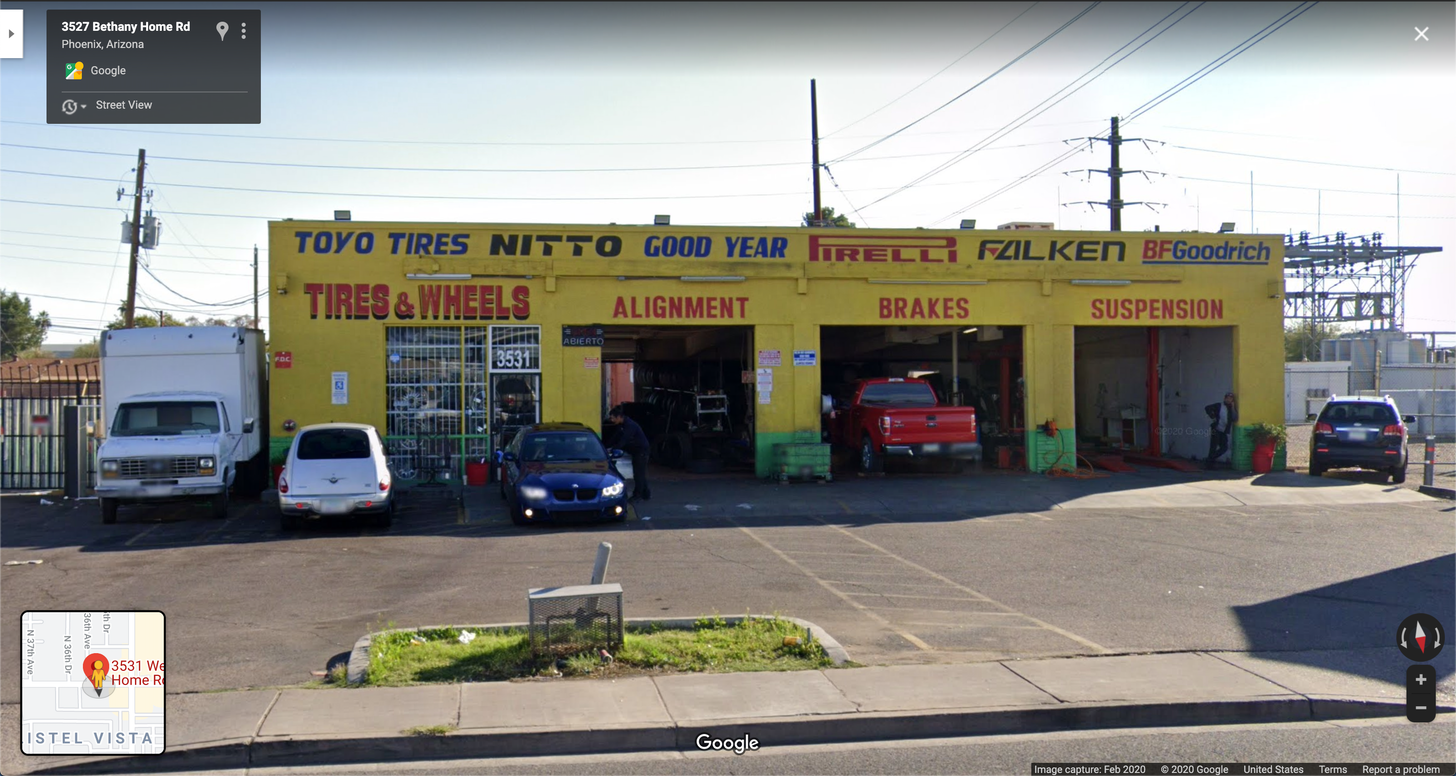
2

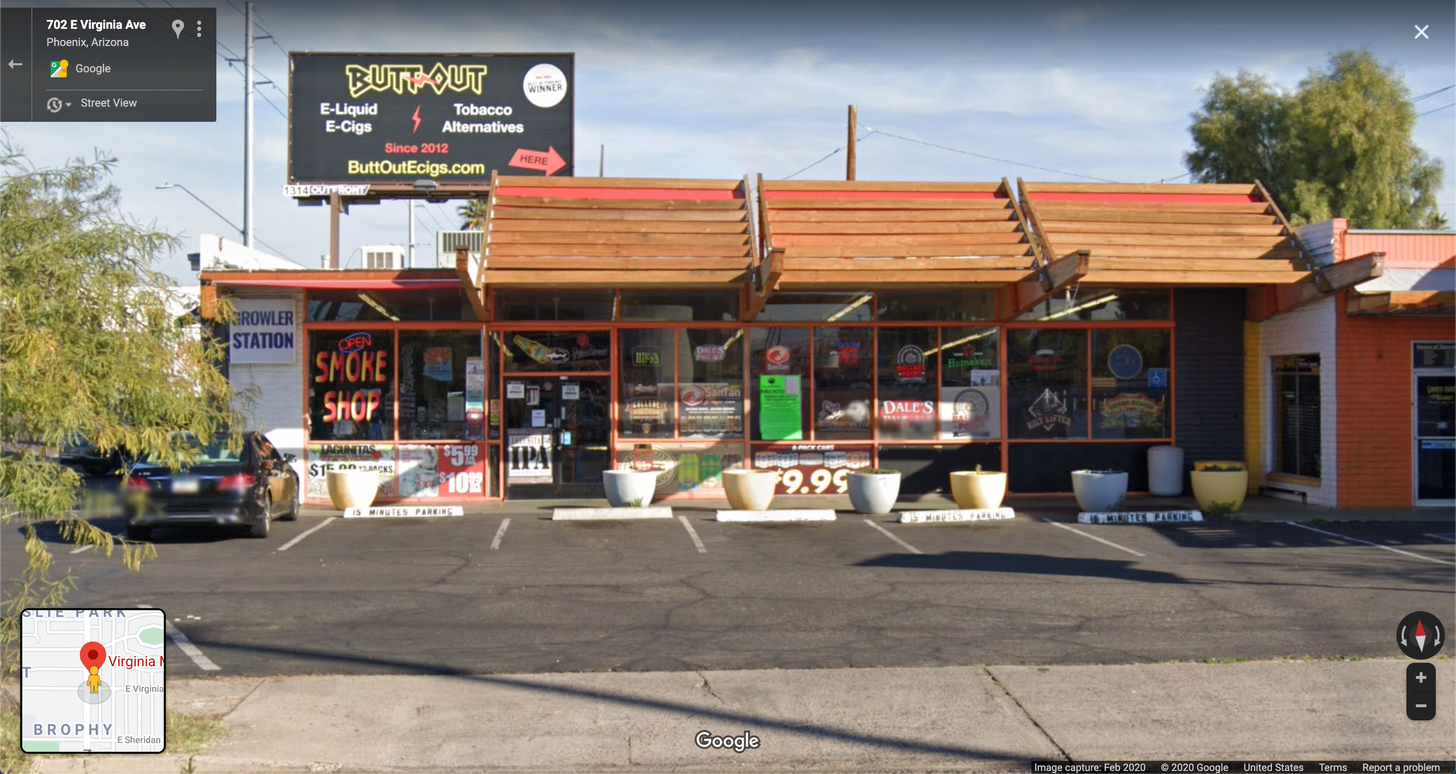
2

Circle Ks Today: By the Numbers
-
174 early-era Circle Ks cataloged
-
126 remain, 11 fewer than when Paho Mann did his research in the mid to late 2000s.
-
Of the 126 survivors, 7 are vacant, 22 are still Circle Ks, and 97 have been adapted.
-
Median age is 51, with some approaching 60 and nearly double that of a typical commercial building in the American SW
2

Takeaways for Consideration
-
Preservation scales through adaptive reuse--Increase luck surface area and ask the right questions
-
Entrepreneurs are a natural ally to the preservation movement because business models sustain buildings
-
If we reduce the cost, time, and friction of reuse, we will see more buildings reused--the market consumes buildings, but it can be leveraged to save them, too

3
Some Discussion
Vernaculars of Capital - AZSHPO
By Lucas Lindsey
Vernaculars of Capital - AZSHPO
- 943



